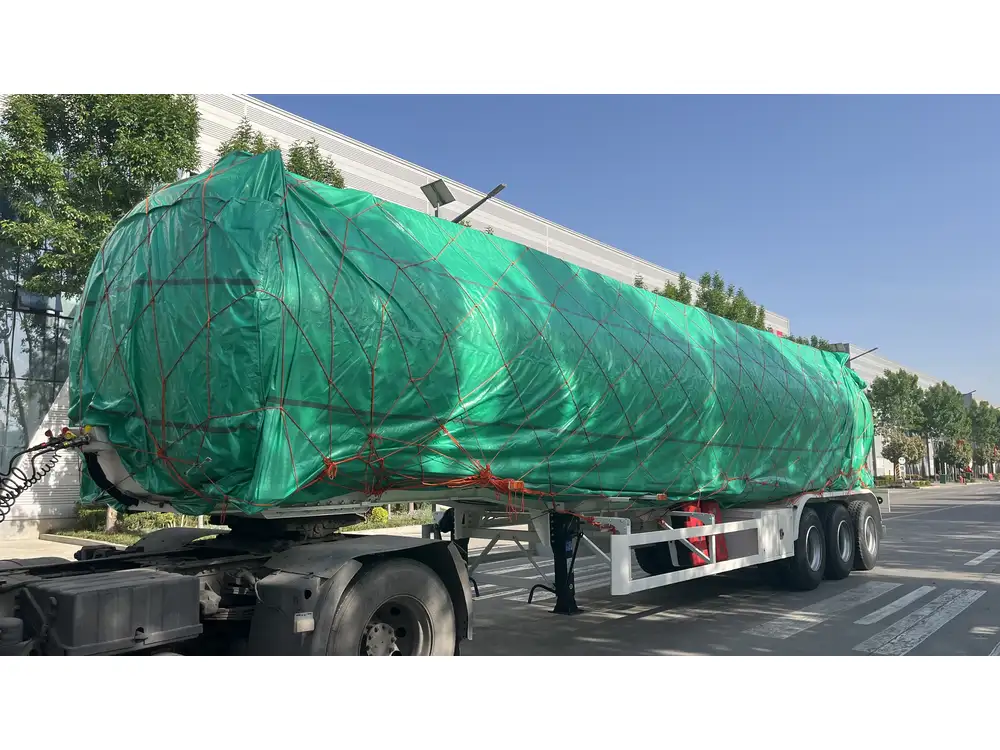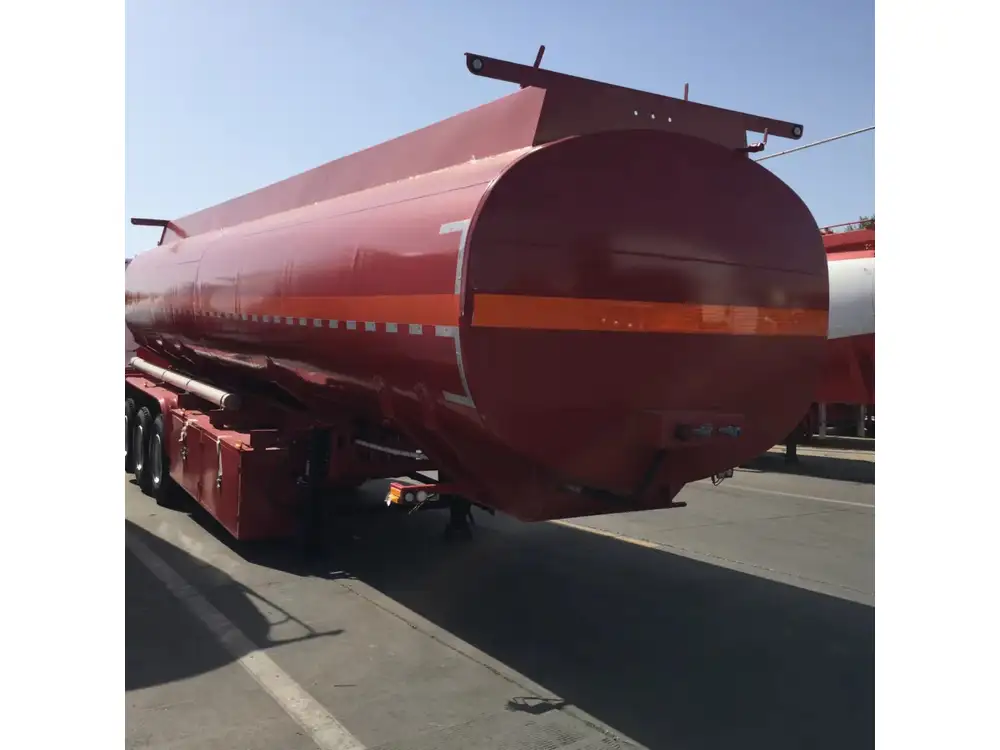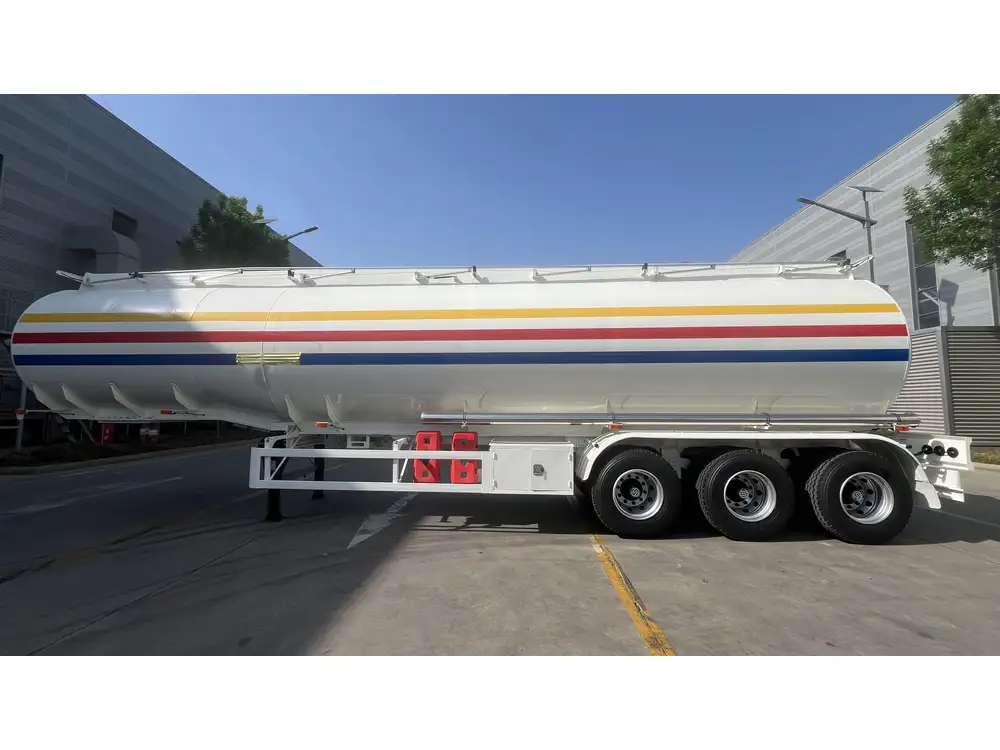Introduction to 18-Wheelers
When it comes to transportation and logistics, the 18-wheeler, sometimes referred to as a semi-truck or tractor-trailer, serves as a backbone for heavy freight movement across roadways. These monstrous vehicles command respect not just due to their size but also because of their pivotal role in global commerce. In this guide, we explore the various dimensions, regulations, and considerations surrounding the width of these behemoths, helping you grasp the essential details.
Standard Dimensions of an 18-Wheeler

Overall Width
The standard width of an 18-wheeler is primarily dictated by federal regulations, which stipulate a maximum width of 8.5 feet (102 inches). This includes all attachments and components. It’s crucial to note that deviations from this width can have significant implications, especially for route planning and compliance with roadway regulations. A breakdown of the dimensions is represented in Table 1 below.
| Dimension | Standard Measurement |
|---|---|
| Overall Width | 8.5 feet (102 inches) |
| Cargo Width | 8.0 feet (96 inches) |
| Trailer Width | 8.5 feet (102 inches) |
| Maximum Width (State Variations) | Up to 10.5 feet (126 inches in specific scenarios) |
Length and Height
While width is vital, understanding the length and height of 18-wheelers is equally important:
| Dimension | Standard Measurement |
|---|---|
| Overall Length | 70 to 80 feet (varies) |
| Height of Tractor Unit | Approximately 13.5 feet |
| Height of Trailer | Approximately 13.5 feet |
The overall length can differ significantly depending on the type of cargo being transported and the configurations used, such as whether the truck is pulling a single trailer or multiple trailers.
Types of 18-Wheelers and Their Dimensions
Diving deeper, consider the various types of 18-wheelers and how their dimensions might slightly vary:
Standard Tractor-Trailer
- Width: Typically 8.5 feet.
- Length: Up to 53 feet for the trailer portion.
Reefer (Refrigerated Trailer)
- Width: 8.5 feet.
- Length: 48 to 53 feet, but often on the larger side for refrigeration purposes.
Flatbed Trailers
- Width: 8.5 feet.
- Length: Can reach up to 53 feet, enabling wide loads.
Tanker Trailers
- Width: Generally 8.5 feet, though some variations may be wider to accommodate specific loads.
- Length: Typically around 48 to 53 feet.

Comparison of Different Types
| Type of 18-Wheeler | Standard Length | Common Width | Notable Features |
|---|---|---|---|
| Standard Tractor-Trailer | 70-80 feet | 8.5 feet | Flexible for a variety of freight |
| Reefer | 48-53 feet | 8.5 feet | Temperature-controlled for perishable items |
| Flatbed | 48-53 feet | 8.5 feet | Open design for loading oversized materials |
| Tanker | 48-53 feet | Approximately 8.5 feet | Designed for fluid transport with specific safety measures |
Regulatory Considerations
State Regulations
While the federal guidelines set the stage, state regulations can introduce variations. Many states may allow specific widths beyond the standard eight and a half feet for special permits, especially for transporting oversized loads.

Highway Guidelines
Different highways might have distinct weight limits and dimensional allowances based on their infrastructure, which can vary significantly from one route to the next. Transport planners must stay updated on local regulations to ensure compliance and avoid hefty fines.
Why Width Matters for 18-Wheelers
Maneuverability
The width of an 18-wheeler directly affects its maneuverability on various road types, especially in urban areas with narrow streets or tight turning radiuses. Wider trucks need more space to navigate turns, potentially causing delays or requiring special logistical considerations.

Safety Concerns
A vehicle’s width is also linked to its stability and safety on the road. An overly wide truck can pose significant risks, including:
- Increased blind spots, making it challenging for drivers to gauge surrounding vehicles.
- Higher chances of accidents when making turns or merging.
Route Planning
When planning a transport route, understanding an 18-wheeler’s width is crucial. It determines eligibility for specific bridges, tunnels, and roadways.
The Impact of Load on Width and Stability
Loading practices also play a vital role in the effective functioning of a semi-truck. How a trailer is loaded can tie directly into the overall width issue, especially in mixed loads or bulk transport situations.

Weight Distribution
Maintaining proper weight distribution is vital:
- Even Distribution: Helps maintain stability and reduces the risk of the vehicle tipping.
- Avoiding Overloading: Ensures the vehicle does not exceed state-mandated load limits.
Load Types
Different types of cargo can twiddle with the perceived width of a truck, including:
- Oversized Loads: Certain loads may necessitate a wider configuration, requiring permits.
- Non-standard Shapes: Unusual cargo can extend beyond the conventional limits and affect travel routes.
Tips for Drivers and Fleet Managers

Pre-Trip Inspections
Regular inspections are essential for ensuring compliance with width regulations and maintaining safe operation. Key checks include:
- Measurement of the trailer and cargo for compliance.
- Inspection of mirrors for adequate visibility given the truck’s width.
Continuous Training
Investing in thorough training programs for drivers can significantly enhance safety. Training should cover:
- Navigation of wide-load regulations.
- Key strategies for managing blind spots.
- Best practices for loading and securing cargo.
Technology Utilization
Leveraging GPS and route planning software can aid in:
- Ensuring that routes taken are suitable for wider vehicles.
- Alerting drivers of road conditions, width restrictions, or construction zones.

Conclusion
The dimensions of an 18-wheeler, particularly its width, are intricately connected to its operational functionality, safety, and compliance with transportation regulations. Understanding these aspects enhances not only the operational effectiveness of logistics providers but also fosters safe travel on our roadways. Fleet managers and drivers alike should stay informed about industry standards and state variations to optimize their transport processes effectively.
By keeping track of these intricate details, you ensure that your fleet operates within legal confines and efficiently delivers its loads, fortifying the critical role that these vehicles play in the global supply chain.



